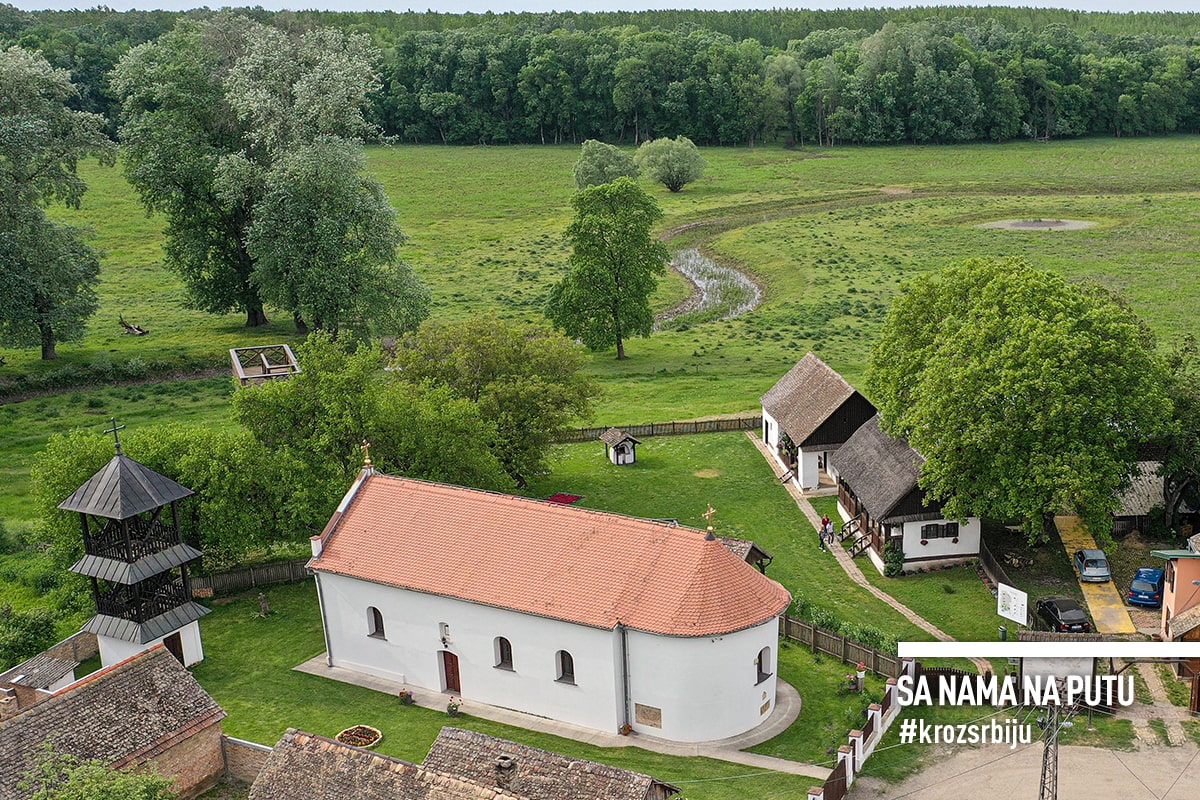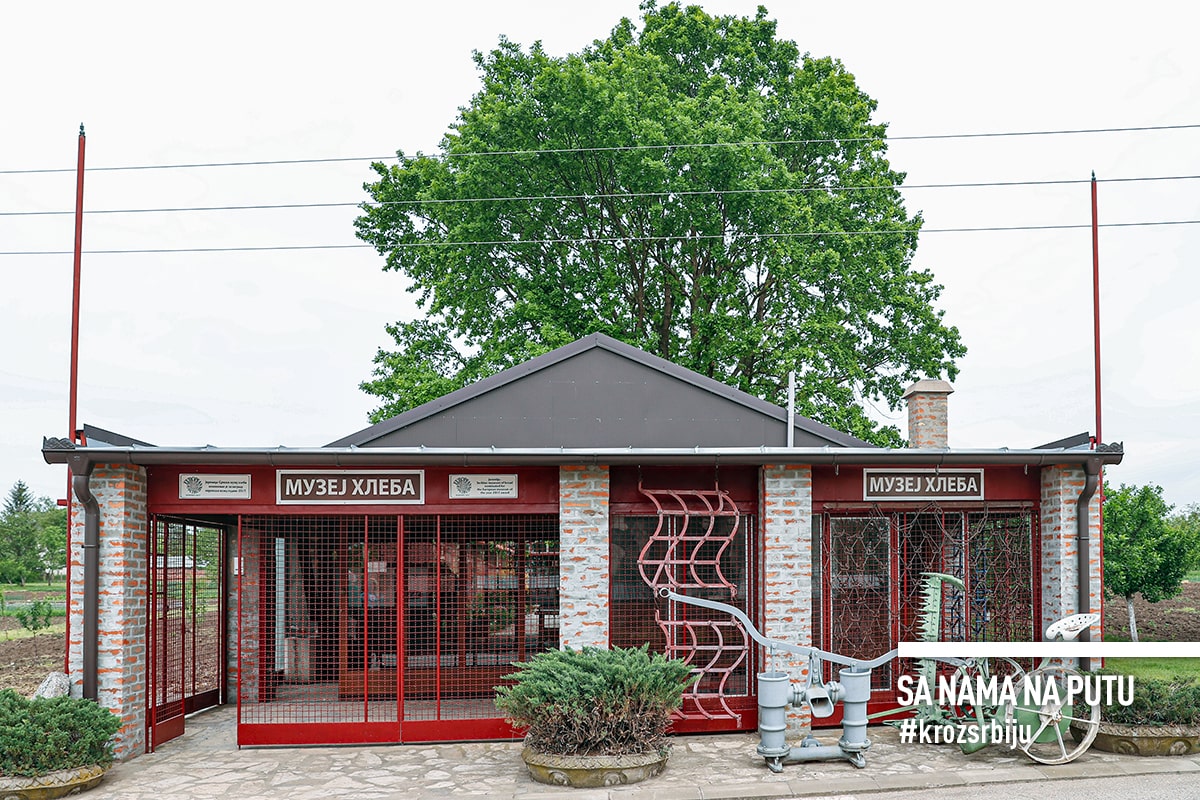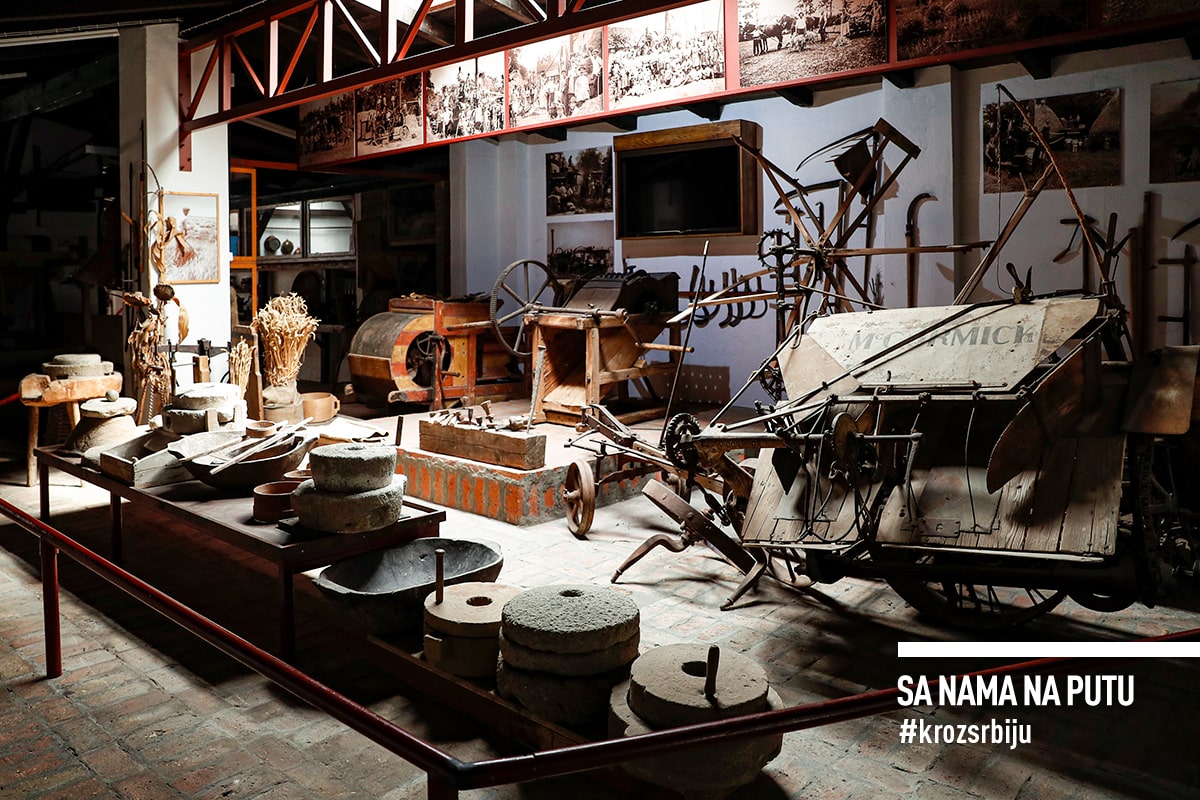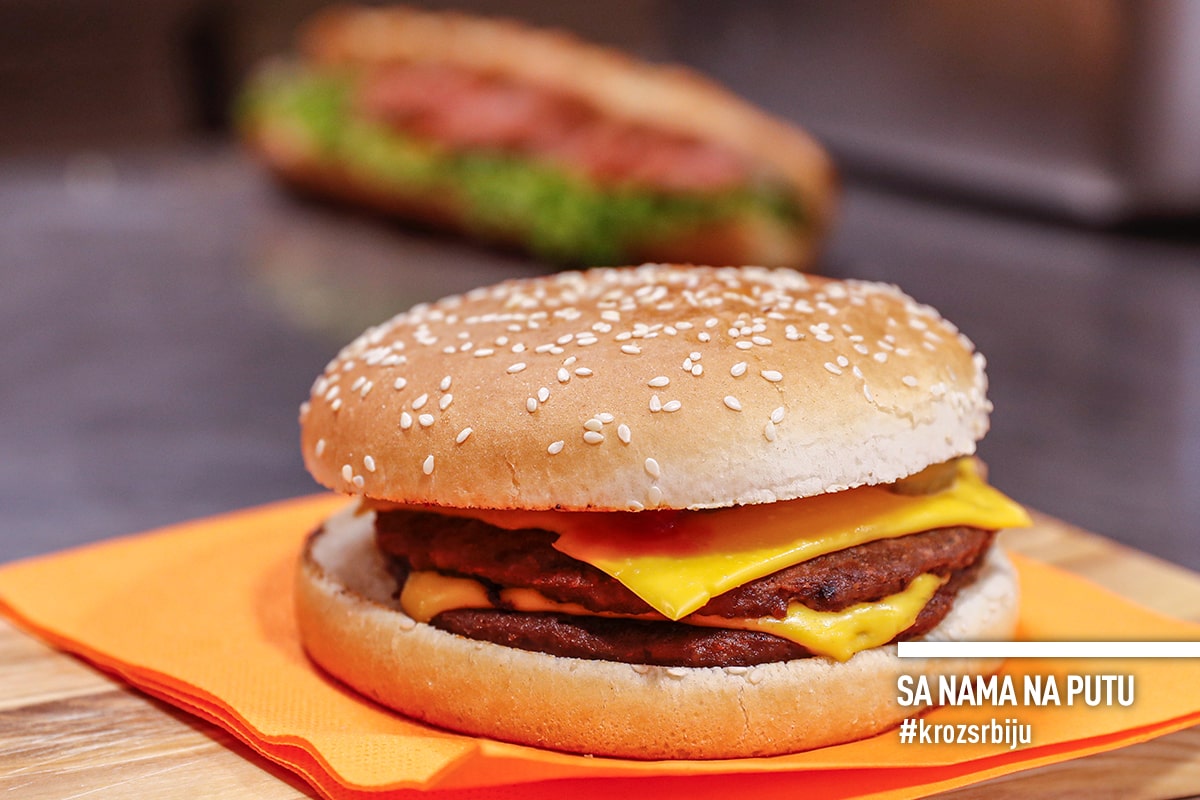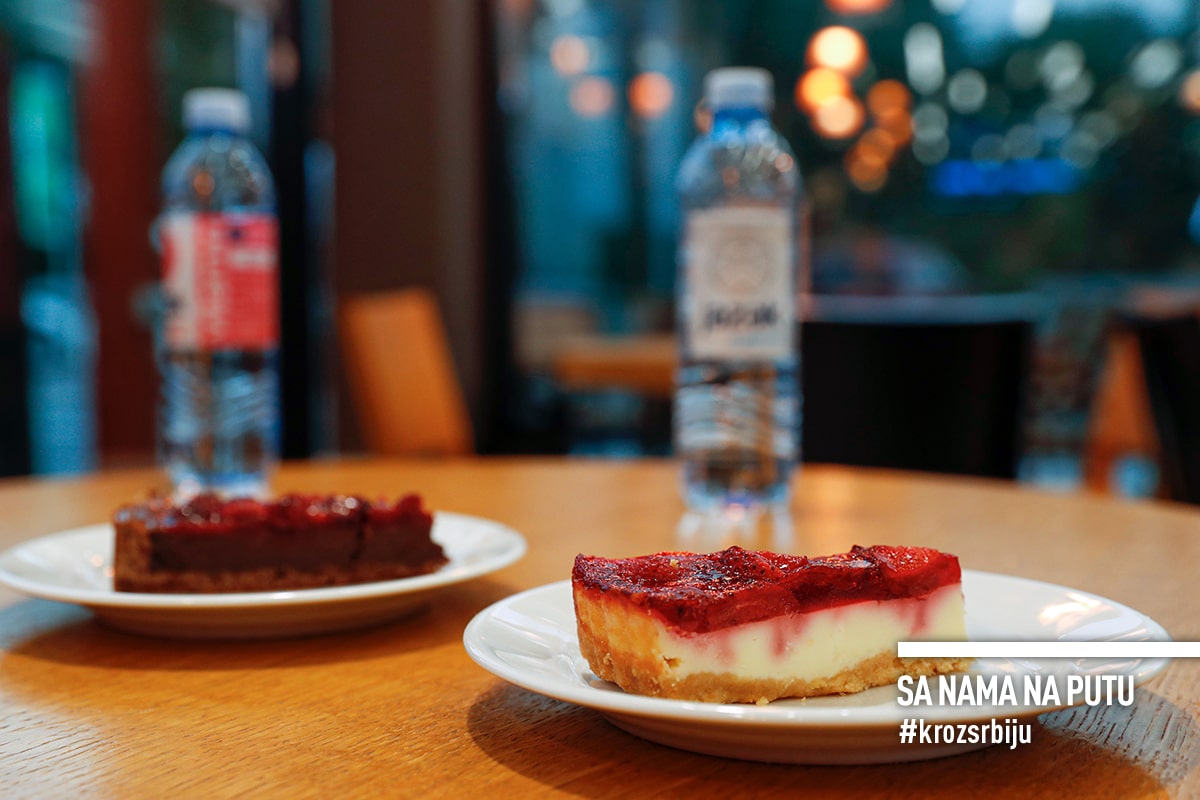Srem is widely known as flat and tame. True, but it is also colourful, a bit mischievous and always surprising. It has hidden all sorts of beauties, but it is particularly proud of its gem of exceptional natural values, inhabited by unusual animals. On our way to the main destination through the suburban settlements of Belgrade, we also explore some interesting places suitable if you want either to escape the city’s bustle or to go on a longer vacation.
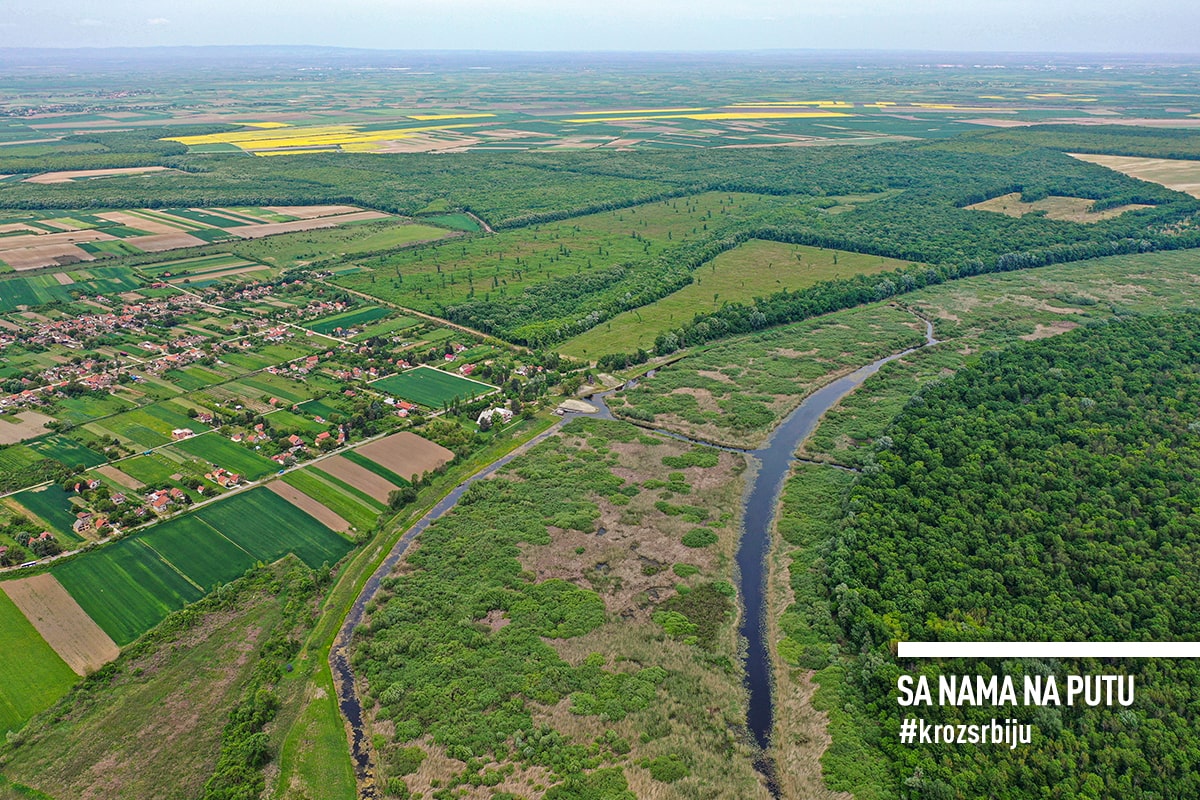
Why visit Obedska Bara
1. Because the nautical village “Biser” is a gem on the Sava River
About 30 km from the capital, in the settlement of Boljevci, rests the first nautical village in Serbia, Biser. Along the left bank of the Sava River, there are 16 lined up raft-houses that resemble a coastal string of pearls. They are furnished with air-conditioning, a bathroom with shower tubs with massagers, a covered terrace and an upper terrace showing a beautiful view while you are enjoying the sun. In the vicinity, there is a boat-restaurant which,in addition to the specialties of Srem, offers fish dishes. Visitors can compete in beach volleyball and football, walk in the nearby dense forest, and ride a bike along a well-arranged path. There is also a small playground built for children. You can use city transport or your own vehicle to reach the nautical village, as well as boats which will sail and anchor in the port.
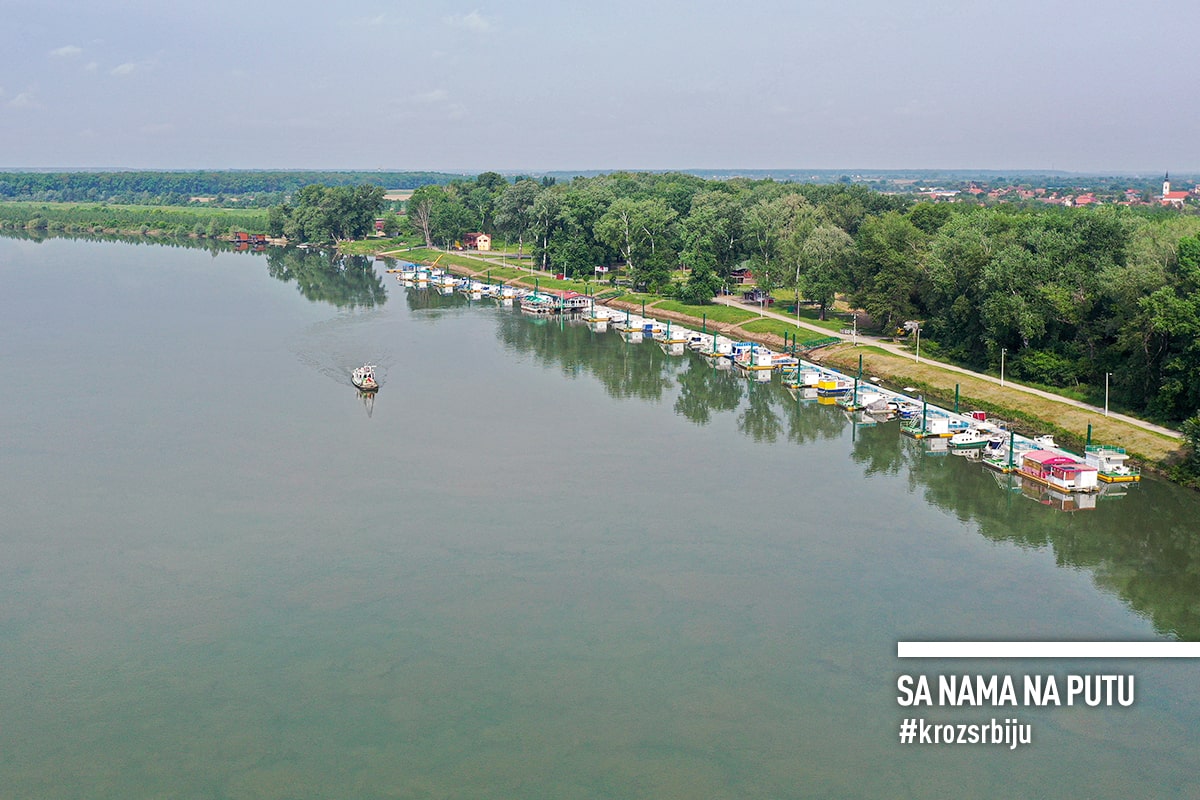
Not far away, in the village of Progar, there is the famous Tarzan beach. It was named after a long rope, a liana hanging from a tree, daring the bold ones to enthusiastically jump into the water. Therefore, do not be afraid if you hear a scream similar to the famous roar of the jungle king. The surroundings are also reminiscent of the “jungle” with lush greenery and flowers.
By the way, the bathing area is arranged, it has concreted banks with a pontoon, restaurant, swings, and seesaws for kids, and hammocks stretched between the trees for real relaxation in the style of the cartoon hero Goofy. The Sava River is too wide and strong here, so it requires caution.
2. Because the forest of Bojčin is a natural monument
From the river, we rush into a green oasis, an excursion site of diverse contents. The forest of Bojčin is located between the Sava River and the canals of the Jarčina River. Due to its peculiarities, it was declared a protected natural monument in 1965. It also has historical significance because during the two world wars it provided shelter for the locals and soldiers. Some of the dugouts and catacombs have been preserved to this day.
The forest, which expands over approximately 630 hectares, is dominated by a pedunculate oak, as well as by a hornbeam, linden, and poplar. It is rich in various plant species and mushrooms, so you may run into ramsons, and in the spring you may enjoy eating wild strawberries. There is quite a number of animals, and if you are lucky, you might come across a rabbit or a roebuck. In addition to roaming the woods, real recreationists can test their skills on 16 obstacles and devices set along a two-kilometer-long trim track.
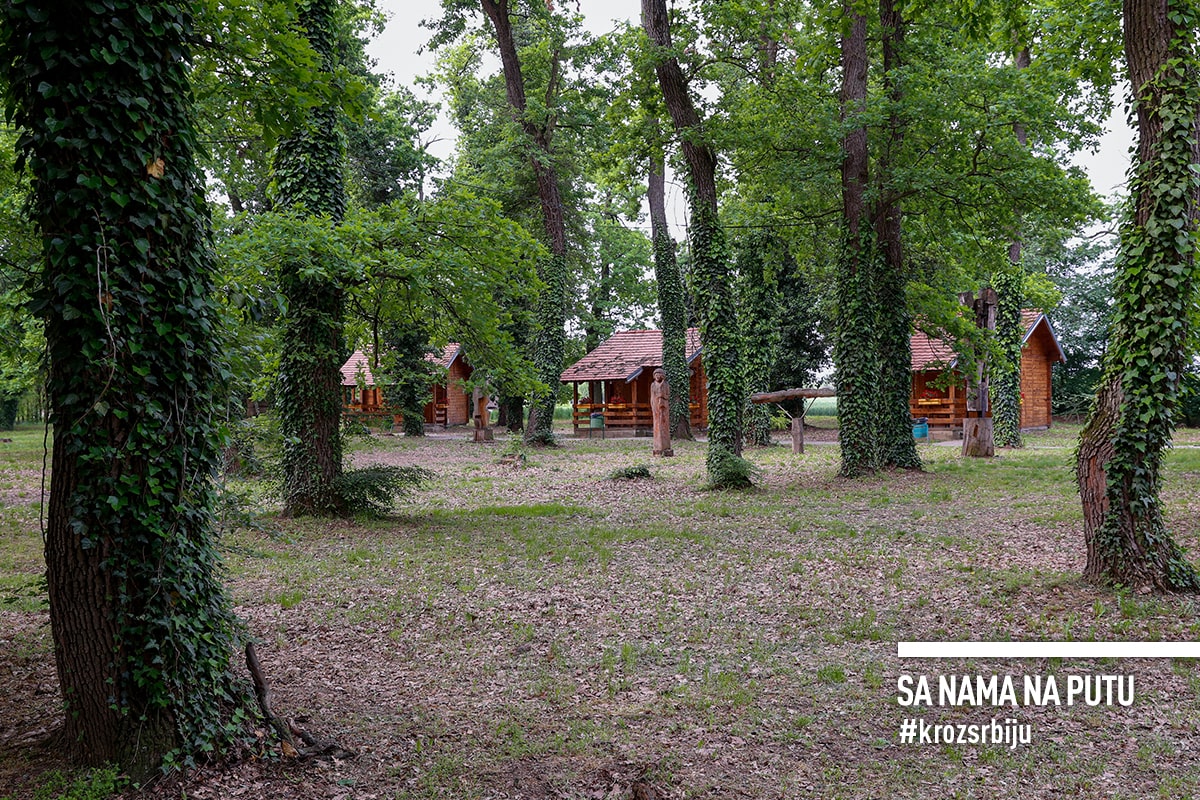
At the entrance, there is a large manege of the Bojčin Equestrian Club where skilled riders show off, and a little further there is a small manege for beginners. This is where newcomers meet horses and learn to ride. Several log cabins have been set up around the area with the appropriate amenities for those who want to spend a few days in quiet and peaceful nature. After exciting walks and time spent with horses, you should refresh yourself in the restaurant Bojčinska koleba, which successfully preserves the spirit of old Srem. When you taste its dishes, especially those made of the Mangalica, time stops, the hosts say.
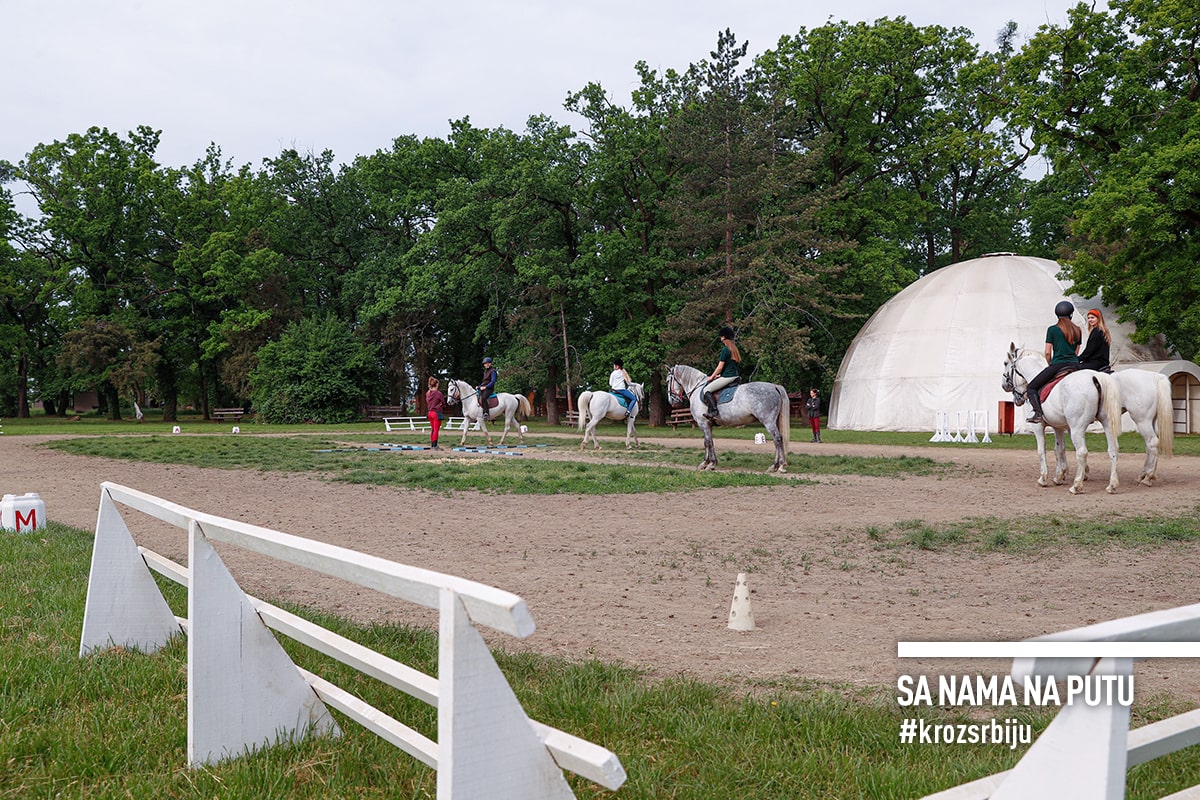
3. Because Obedska Bara is the oldest protected value of Europe
It was declared a protected area back in 1874, only two years after the Yellowstone in the USA was declared a national park. It has been known in Europe since the mid-19th century. The Austro-Hungarian rulers would go hunting there and give their ladies unusual, colourful feathers, which were then a must in fashion.
It was named after the nearby Obed monastery, known among the people as the Church of Mother Angelina (Branković). Originally, it was built from the material of a ship she sailed on happily, the legend says. Today it is a special nature reserve, which covers more than 9,800 hectares. It is one of the richest and most preserved habitats of the living world in the Pannonian Basin. It provides settlement for 226 species of birds, 50 species of mammals, 13 species of amphibians, 12 species of reptiles, and is the only habitat of glossy ibis in Serbia. Carp, pike, and crucian carp are enjoying the water, while wild boars, deer, and hedgehogs are walking around, and the black stork nestles in impassable oak forests.
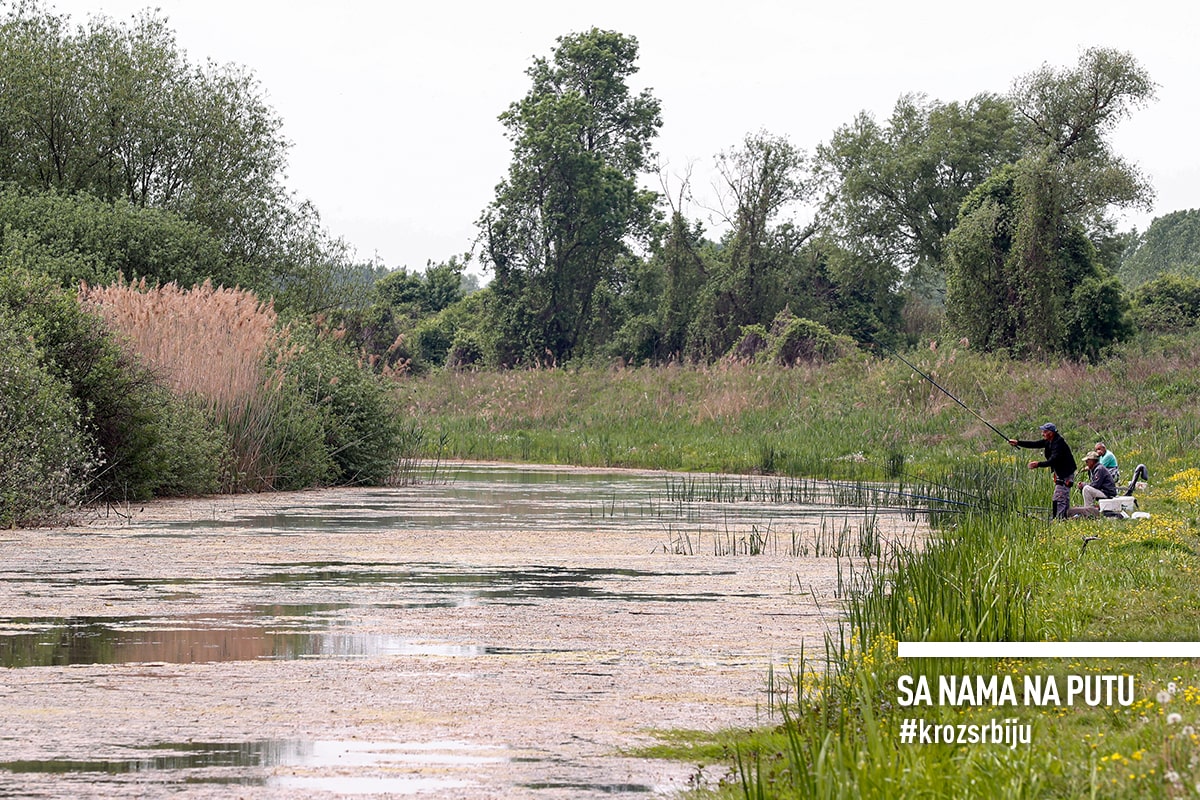
The park is appropriately arranged for rest, with its wooden tables, benches, and fireplaces, where kettles are used and barbecues are made. The necessary wood is stored – cut and neatly stacked. You come here for a whole day of socializing, and relaxation. If you are still up for some action, you can rent a bike or paddle boat to cruise and go fishing on your own, walk the marked paths, or watch the birds. Be sure to climb the lookout to enjoy the view.
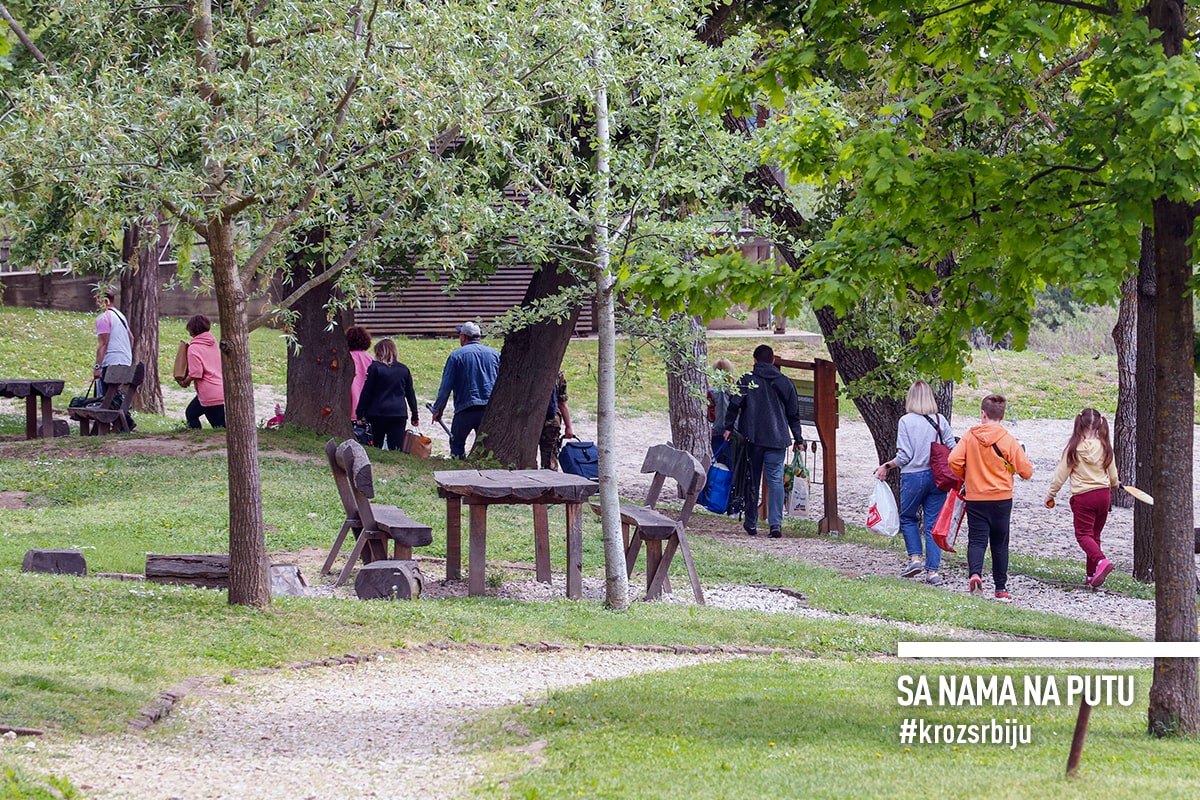
A visit to Obedska Bara is incomplete without a catamaran ride. The captain is friendly and eager to share with us some of the secrets of the swamp-forest space.
He lovably starts his story of the food chain, on whose top there is the main predator here, the white-tailed eagle, or rather its female. He also mentions a yellow-crowned night heron, which people call “danguba”, because it can stand in the same place for hours and not move. He presents us with plants and vegetation, angry with the algae that have grown in recent years due to low water levels. There is a continuous croaking sound in the background. It is a reedbird, a small orange bird. That is, he says, how they call one another, call out, quarrel, chat. We have not seen them, but we have seen some turtles. Not each of them manages to hide well. Along the way, the captain reveals the dangers of a nearby forest that hides the quicksand. He emphasizes that you can walk through that forest only on marked paths. He recalls how this terrible sand was indeed of great help to the Serbian army in the Great War.
Namely, after the Battle of Cer, the people who knew this region well managed to lead the Austro-Hungarian soldiers to the quicksand that swallowed up the entire enemy cavalry. A little heroic and wise history never hurts. As you cruise this strange realm, be quiet. Observe and listen carefully. Everything sings here.


